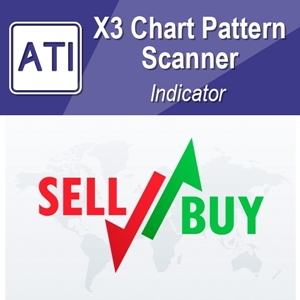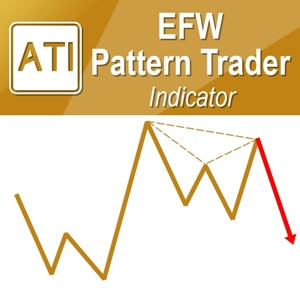Below is the Text Summary From the Full PDF Article:
In spite of the fact that trend and seasonality are the important price patterns in the financial market, practically the entire financial market will not fit to this trend-seasonality framework alone. If the market was so predictable with these two components only, then traders and investors were able to make money much easier. Maybe you can also take advantage on buying shares of Ice Cream Company during April and selling them late August. If the pattern is there, then you should do that. However, in the highly competitive and liquid financial market, this is not the case. In many cases, the trend and seasonality might be the less significant components in the financial price series in the Stock Market and Forex in comparison to the data obtained from the business and social studies. The Gardner’s trend and seasonal framework can work well for business and some social data but it might be oversimplified for the case of the financial markets.
Instead of the two components framework with trend and seasonality, in this book, we propose the three components framework. The three components include Equilibrium process (trend), Wave process (cycle) and Fractal-Wave process. These three components can serve to better conceptualize the basic price patterns existing in the financial price series. Just like the trend and seasonal components in the Gardner’s framework, these three components are the building blocks to explain more complex price patterns in the financial price series and to predict the future movement of the price series. Just to convey our idea, we will explain these three components in brief, before we expand each in more details from the next chapter.
The Equilibrium process is equivalent to the trend in the Gardener’s framework. However, it is also the same term “equilibrium” used in the supply- demand economic theory. Literarily it is the market force moving in one direction. Wave process is any cyclic patterns repeating in the fixed time interval. Wave process includes the concepts of additive and multiplicative seasonality in the Gardner’s model. Furthermore, Wave process includes other complex cyclic behaviour, which can be described with the multiple of combined sine and cosine waves. Finally, the Fractal-Wave process is the representation of the Fractal geometry in the time dimension. Therefore, it is the self-similar repeating patterns in different scales. In plain language, Fractal-Wave process refers to the repeating patterns.
Just as Gardner visualized the possible combinations of trend and seasonality in three columns in Figure 3-2, we can visualize the possible combinations of these three components in five columns. In Figure 3-3, first three columns including Equilibrium Process (trend), Additive Seasonality, and Multiplicative Seasonality are identical to the Gardner’s three columns. Fourth column includes any simple and complex cyclic patterns, which can be described with the combined sine and cosine waves. Fifth column describes the Fractal-Wave process with Equilibrium process. Each column represents a distinctive regularity with its own behaviour. We can describe the five columns as the five regularities in the financial market (Figure 3-3 and Figure 3-4).
One most obvious distinction among the five regularities is that each regularity has the distinctive number of cycle periods as shown in Figure 3-5. First regularity (trend) does not have any cycle period. Second and Third Regularity have very few cycle periods. Fourth Regularity tends to have more cycles but the number of cycles is still finite. The Fifth Regularity can be characterized by the infinite number of cycles because the repeating patterns can have the infinitely varying scales. Therefore, it becomes very clear that we need to use different tactics when we deal with each regularities.
Especially, the fifth regularity is the underlying process behind many horizontal and diagonal price pattern used by the financial trader. The horizontal and diagonal price pattern can include the popular price patterns like support, resistance, harmonic patterns, Elliott Wave patterns, Triangle, Wedge and Channels, etc. This book mainly focuses on the fifth regularity because the fifth regularity is the main price dynamics behind Price Action and Pattern Trading.






